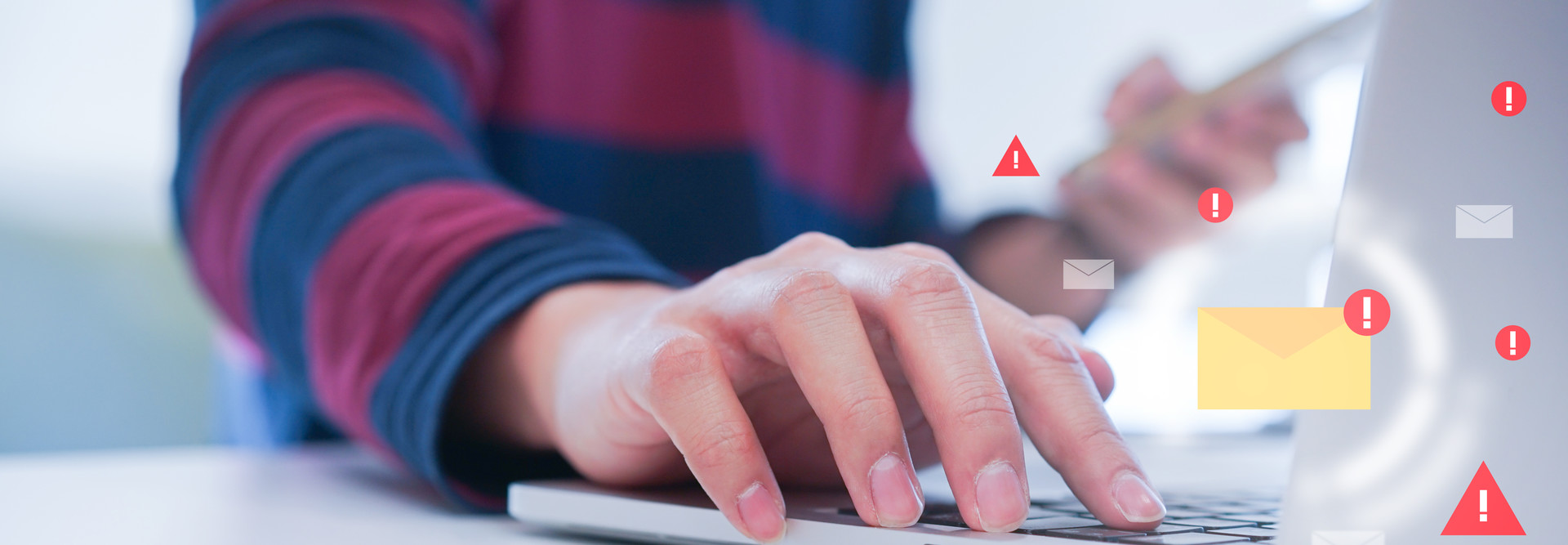Many universities, including Northeastern University and the University of California, Berkeley, have published their own guidelines on how to securely use Zoom and best remove unwanted participants. The solution for that professor at Iowa University? She convinced the intruders to leave her class when she threatened to call the police.
Tech to Prevent Cheating and Plagiarism
While discouraging and preventing cheating has always been important in higher education, remote learning has added a new twist to the challenge. Again, it’s not common, but students can work the system, asking friends or hiring professionals to take their online tests and write their essays for them. In one recent case of so-called contract cheating, a mother paid a middleman $9,000 to get others to complete online courses on behalf of her son and to take his place during videoconferences with a professor. There’s also the issue of students taking online tests themselves but doing so while using prohibited resources like friends, family, textbooks and websites.
One survey found that 86 percent of students admitted to cheating in some way during their time in college, and that in all but a few cases, they managed to get away with it. So, what can teachers do to stop remote learning cheats?
MORE ON EDTECH: These are the 3 Remote Learning Technology Must-Haves for Higher Ed
Experts recommend a multipronged approach: First, establish strong classroom and institutional policies that clearly define what’s allowed and what is not. Next, strive to build a “culture of academic integrity” in which students commit to maintaining honesty and fairness. And finally, when appropriate, rely on technologies and services for student monitoring, whether it’s plagiarism detection software or an online proctoring company. Some professors, including several at Harvard University, have made their online exams entirely open-book. Others have decided to do the proctoring themselves, using videoconferencing platforms, for example, to observe students while they take their tests.
EDUCAUSE’s Brian Kelly says the various examples out there of egregious cyber infractions are mostly major exceptions to the rule. Consult with your university IT professionals about security and privacy, he suggests, and work to raise student and faculty awareness of the risks that may come with remote learning. “Follow best practices with the tools and platforms that you use and leverage the expert resources you have on campus,” he says. “Those are the most important things you can do.”










